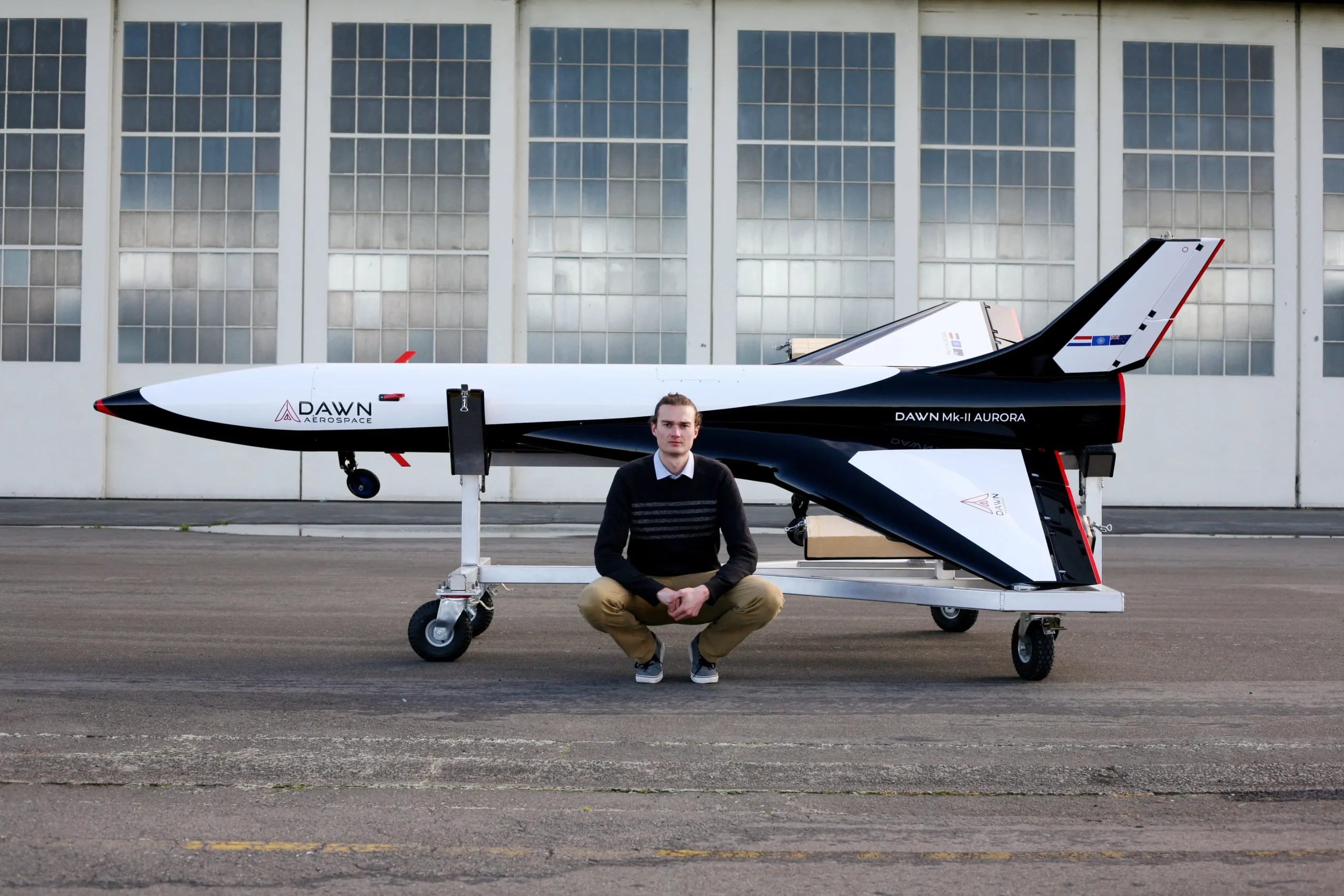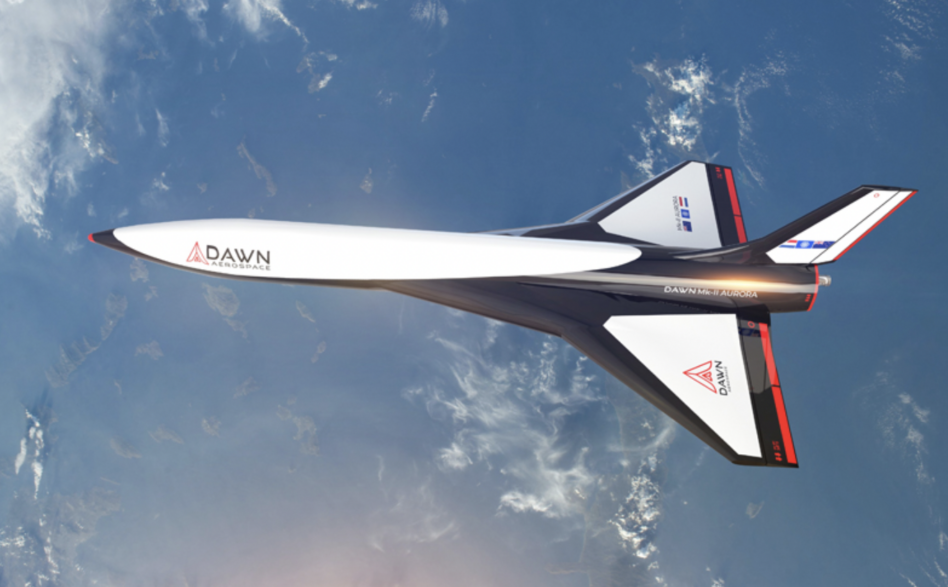Dawn Aerospace, a startup with offices in the Netherlands and New Zealand, has ambitious plans to create the first reusable vehicle capable of flying twice in a day to over 100 km above Earth. Recently, they made significant progress when their rocket-powered Mk-II Aurora aircraft reached speeds close to Mach 1 (967 km/h) at altitudes above 15 km, marking a major improvement from previous tests.
The company has upcoming flights planned for September, where it aims to exceed the speed of sound and continue pushing toward its ultimate goal of achieving spaceflight.
By 2025, Dawn aims for their suborbital aircraft to surpass the performance of military jets like the F-15, MiG-25, and SR-71 Blackbird in terms of speed and altitude. The company’s founders, including Stefan Powell, are focused on creating an aircraft that can fly above the Kármán line (100 km, the boundary of space) twice in a single day.
Their vision is to provide more affordable and frequent access to space for research, Earth observation, and payload transport using suborbital aircraft. Despite having spent only $10 million so far, they plan to complete the flight program for just $20 million—an exceptionally low budget for the aerospace industry.

Dawn Aerospace Aims to Revolutionize Spaceflight with Twice-Daily Suborbital Flights by 2025
Spaceplanes, vehicles that operate both in Earth’s atmosphere and in space, are central to Dawn’s approach. Historically, only a few vehicles, like the X-15 rocket plane, have achieved this type of high-altitude flight, with most efforts relying on rockets.
Although NASA’s space shuttle and Virgin Galactic’s SpaceShipTwo were notable spaceplane projects, both were hindered by high costs and technical setbacks. Dawn Aerospace hopes to break this trend by developing a more cost-effective solution that combines the advantages of airplanes and rockets.
Dawn’s founders, led by Kiwi Stefan Powell, decided to pursue an aircraft model in 2017, diverging from SpaceX’s rocket-focused approach due to the immense capital required for such projects. Instead of obtaining individual flight licenses for each launch, they plan to certify the Mk-II Aurora as a plane, which requires only a one-time license.
This strategy allows them to rapidly iterate and improve their designs with small, manageable risks rather than large, costly gambles.
Dawn Aerospace has gained commercial interest from organizations seeking affordable methods of transporting payloads into space for scientific and observational purposes. They plan to start launching payloads into space by the end of the year and accelerate these missions in the following years.
With its lean and efficient approach, Dawn hopes to challenge industry giants like SpaceX by developing its orbital aircraft, the Mk-III, which could transport satellites into low-Earth orbit at a fraction of the cost of traditional rockets.









































